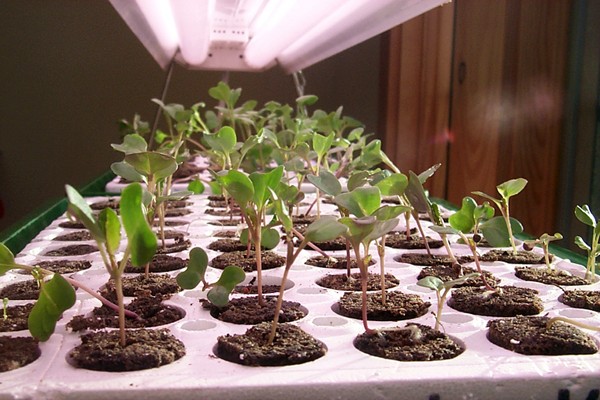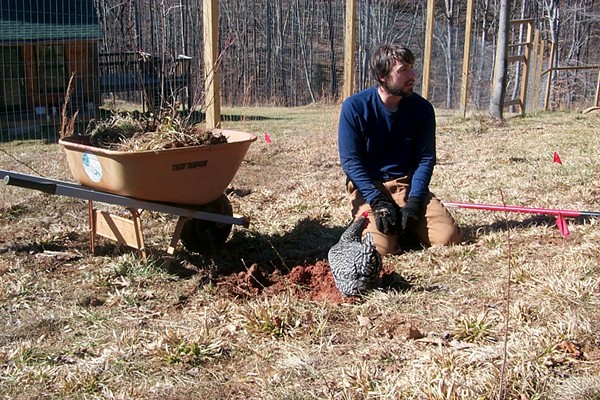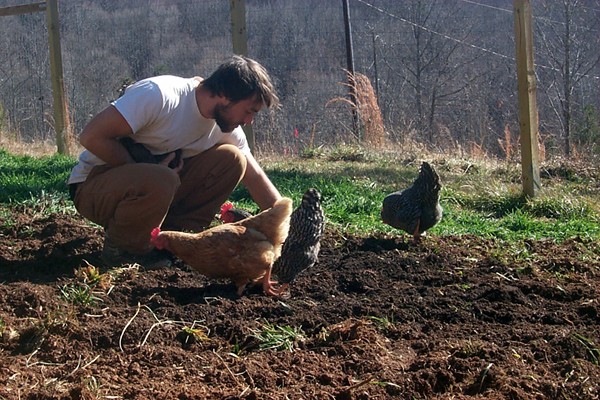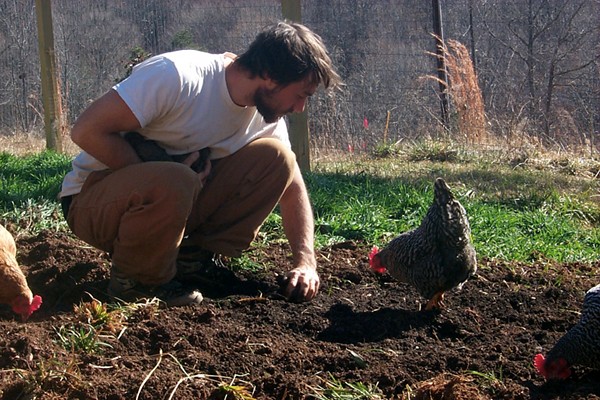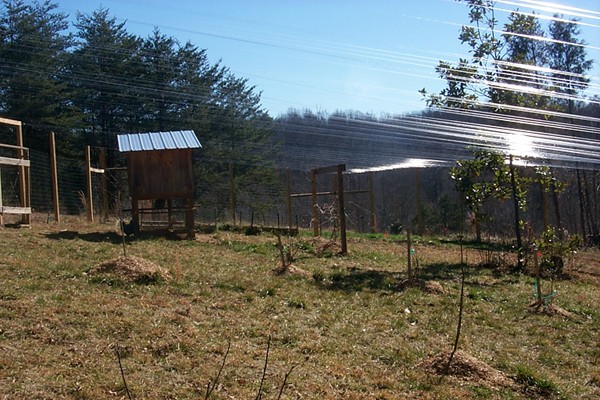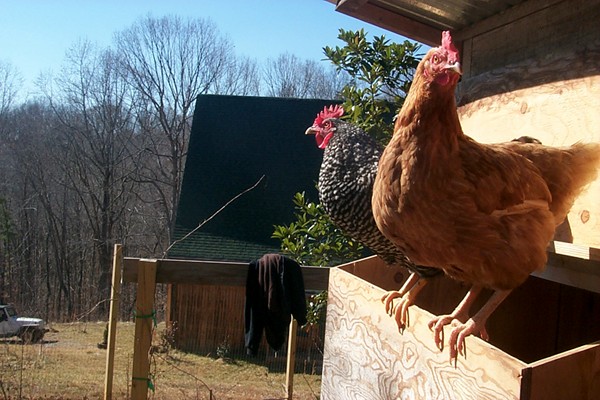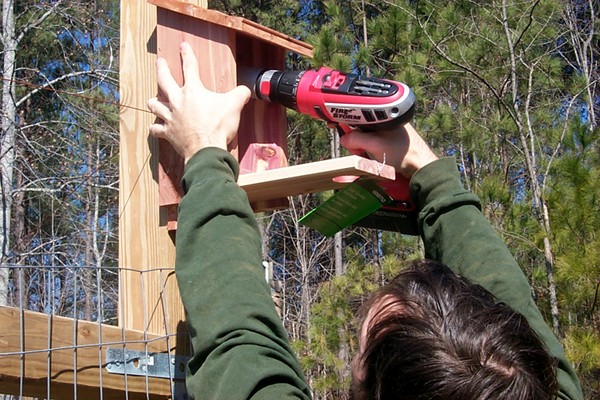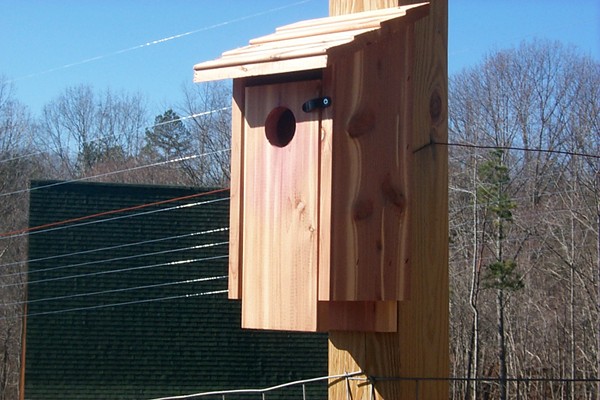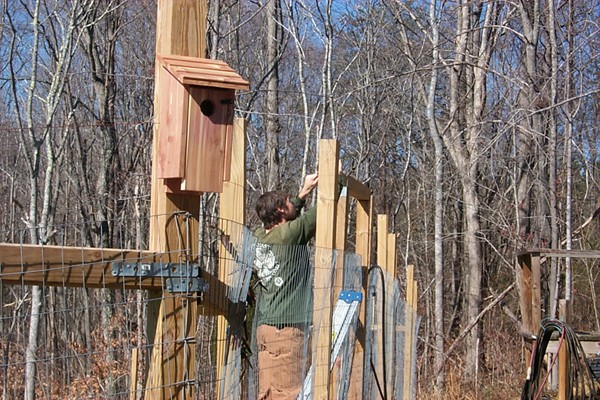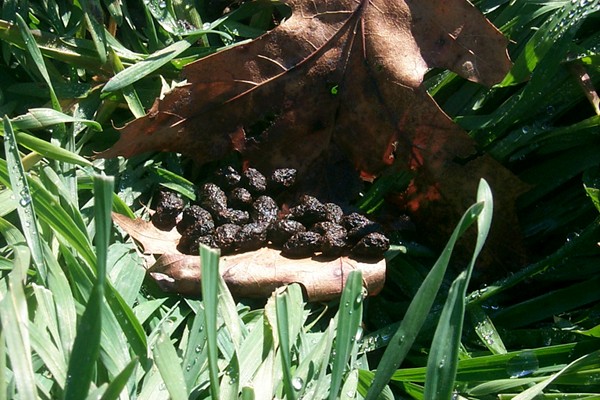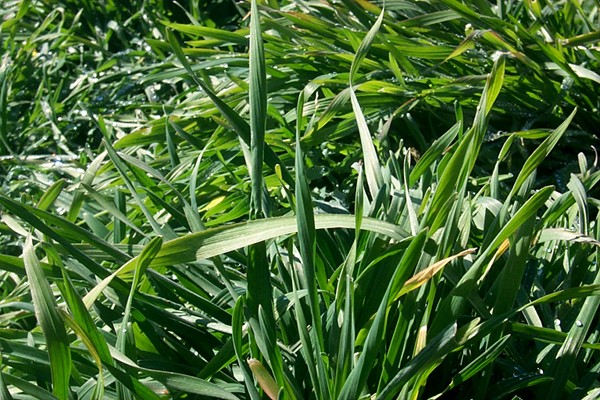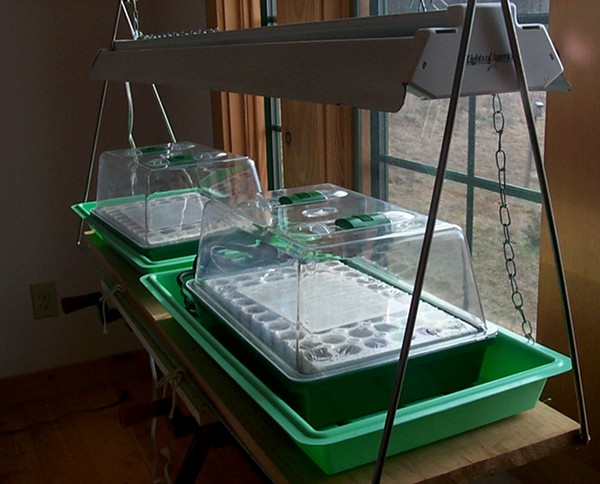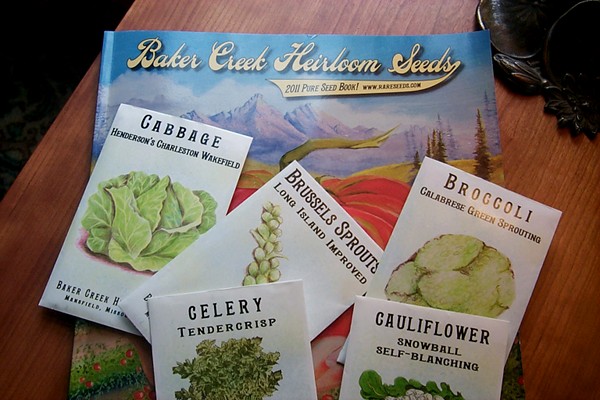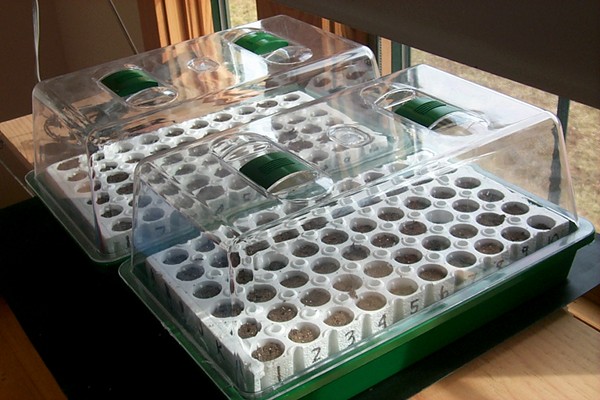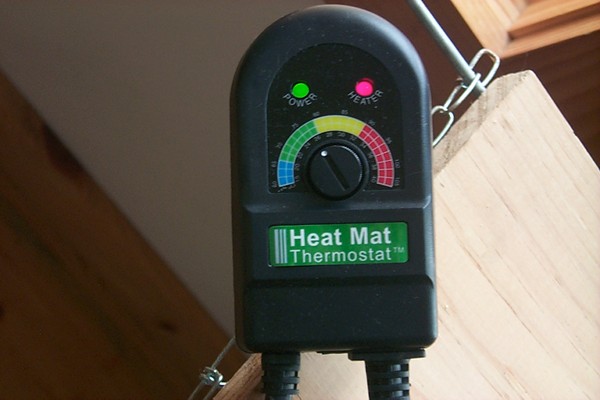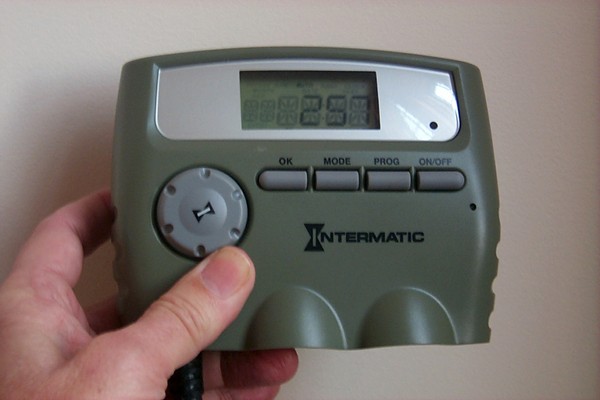The baby plants for the winter garden are now 10 days old. So far, things are going pretty well for a first effort, but there are some problems. I’m afraid that some of the plants may already be too leggy. Some of the seeds weren’t deep enough, and some plants fell over, though they were able to send down a root. I had very poor germination with the Wakefield cabbage, for reasons I don’t understand. [See correction: It wasn’t the Wakefield cabbage.]
Lessons learned so far: The grow-light should have been lower to provide more intense light and reduce legginess. I need better forceps to place the seeds at the right depth in the growing media. I’m hoping that the legginess can be corrected when I transfer the plants to potting soil in peat moss cups.
These plants are all for the early garden: cabbage, broccoli, brussels spouts, cauliflower, and celery. I also have lettuce and snow pea seeds, which I will plant directly into the ground. I’m shooting for March 15 for planting things outdoors, depending on the weather. When these plants have been moved outdoors, I’ll start seeds for the summer garden — tomatoes, squash, etc.

